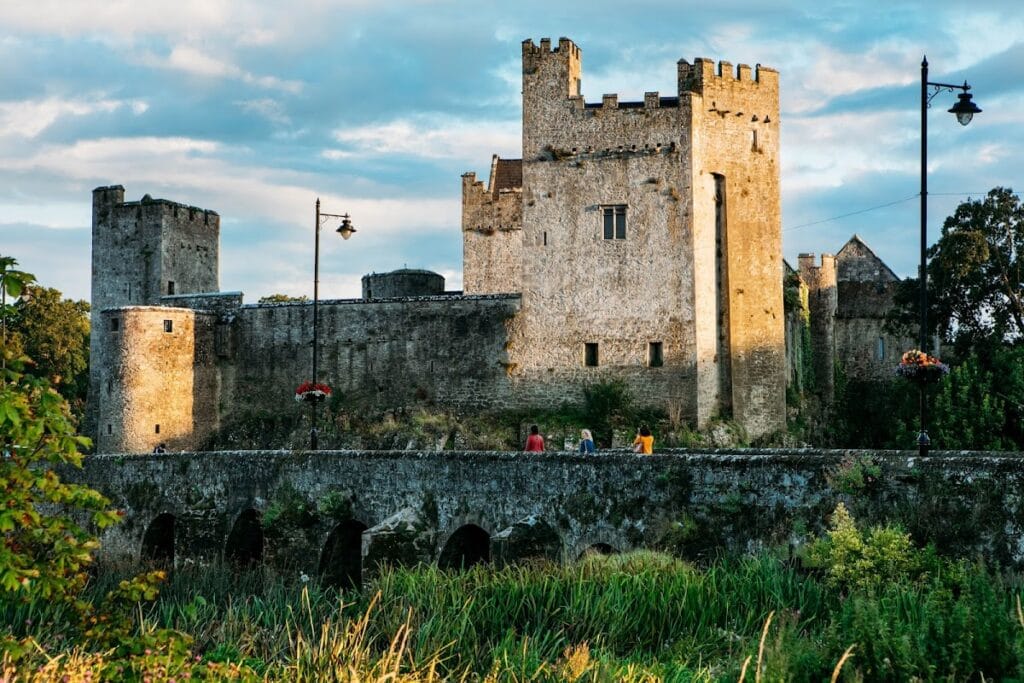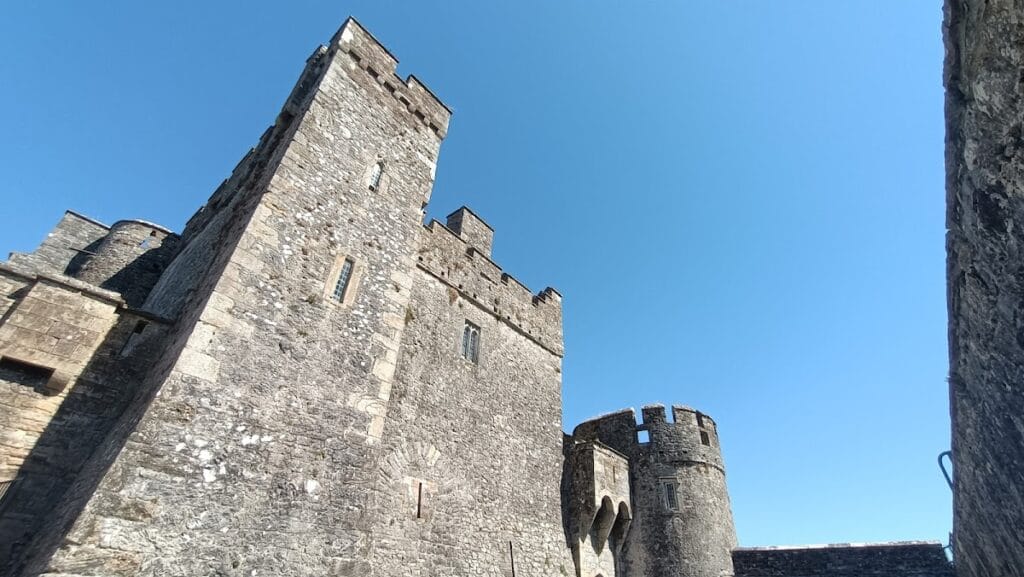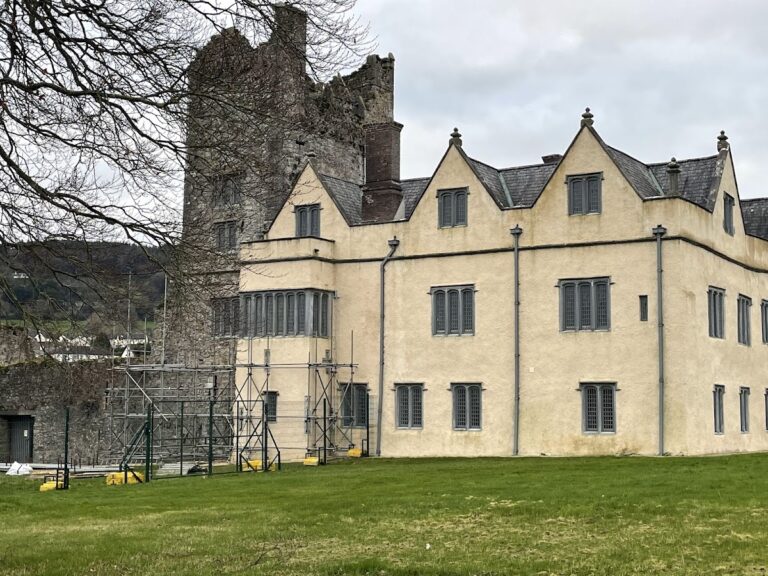Cahir Castle: A Historic Medieval Stronghold in Ireland
Visitor Information
Google Rating: 4.6
Popularity: Medium
Google Maps: View on Google Maps
Official Website: heritageireland.ie
Country: Ireland
Civilization: Medieval European
Remains: Military
History
Cahir Castle is situated in the town of Cahir in Ireland and was originally established by the Gaelic civilization. Its origins trace back to 1142 when Conchobar Ua Briain, King of Thomond, constructed the first castle on this site. The location had earlier been occupied by a Celtic stone fortification known as a cathair, an Irish term for a stone fort, which eventually gave the castle and the surrounding locality their names.
During the 13th century, the O’Brien clan developed the main surviving structures seen today at Cahir Castle. This period marked the foundation of the castle’s stone fortifications that would endure through centuries. From the late 14th century onwards, the castle came under the control of the Butler family, following its grant in 1375 to James Butler, the new Earl of Ormond. This grant rewarded Butler’s loyalty to King Edward III of England and initiated the Butler family’s long association with the castle.
Through the late medieval and early modern periods, the Butlers expanded and remodeled Cahir Castle extensively, shaping it into a significant stronghold. The castle became an important center in the regional conflicts of Ireland, notably during the Elizabethan wars of the late 16th century and the Irish Confederate Wars in the 17th century. Throughout these turbulent times, Cahir Castle endured multiple sieges and changes of control: it was captured in 1599 during military campaigns led by the Earl of Essex, surrendered in 1647 after the Battle of Knocknanauss, and given up without resistance to the forces of Oliver Cromwell in 1650.
In 1627, Cahir Castle was also the setting of a notable event involving Lord Dunboyne and James Prendergast, who were involved in a murder connected to a dispute over inheritance. The castle’s history thus intertwines with both military and familial conflicts characteristic of the period.
By the late 18th century, parts of the castle had fallen into partial ruin. However, restoration efforts in the 1840s rebuilt sections of the castle, such as the Great Hall, aiming to preserve its historical structure. The Butlers remained custodians until the death of the last Lord Cahir in 1961, after which the castle transferred to the Irish state. It was subsequently entrusted as a national monument, ensuring its care and preservation by official heritage authorities.
Remains
Cahir Castle is located on an island formed by the River Suir in the center of the town of Cahir. Its layout reflects two main phases of construction: one part of the castle, facing the street, dates back approximately two hundred years earlier than the section accommodating modern audiovisual exhibits. This suggests a clearly defined evolution of the site, with distinct additions spanning centuries.
Constructed primarily of stone, the castle’s walls continue the tradition of utilizing the site’s original stone fort base. The stonework reveals the durable medieval craftsmanship associated with its initial building and subsequent expansions. Over time, particularly between the 15th and 17th centuries under the Butler family’s direction, the structure was enlarged and remodeled to adapt to changing military and residential needs, incorporating more elaborate fortifications and living quarters.
Today, the castle remains well preserved. Restoration during the 1840s included the partial rebuilding of the Great Hall, one of the castle’s significant interior spaces. This hall serves as an example of the 19th-century efforts to maintain the castle’s historical integrity while accommodating modern interventions.
The castle’s island location in the River Suir adds both a defensive advantage and a distinctive characteristic to its setting. Visitors can access the site through its main entrance on the side facing the street, where the oldest parts stand. The more recent sections, occupying the opposite side, are home to interpretive exhibits that provide historical context for the site, including audiovisual presentations in multiple languages.
Overall, the castle’s fabric combines medieval stone fortifications with later restorations, preserving a tangible narrative of its long history. It stands as one of Ireland’s best examples of a medieval stronghold developed from an early Celtic fortification and continually adapted through centuries of historical change.










